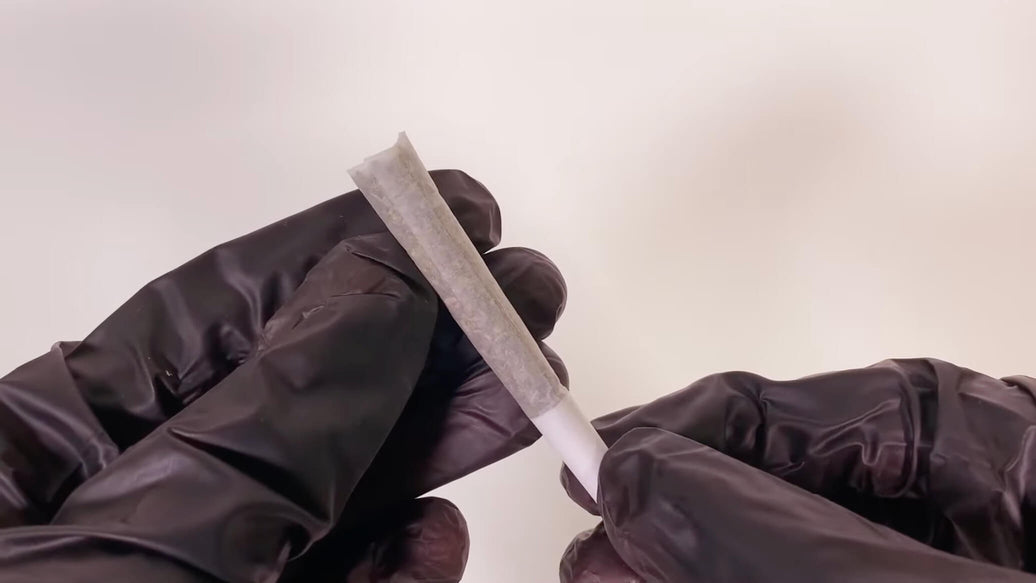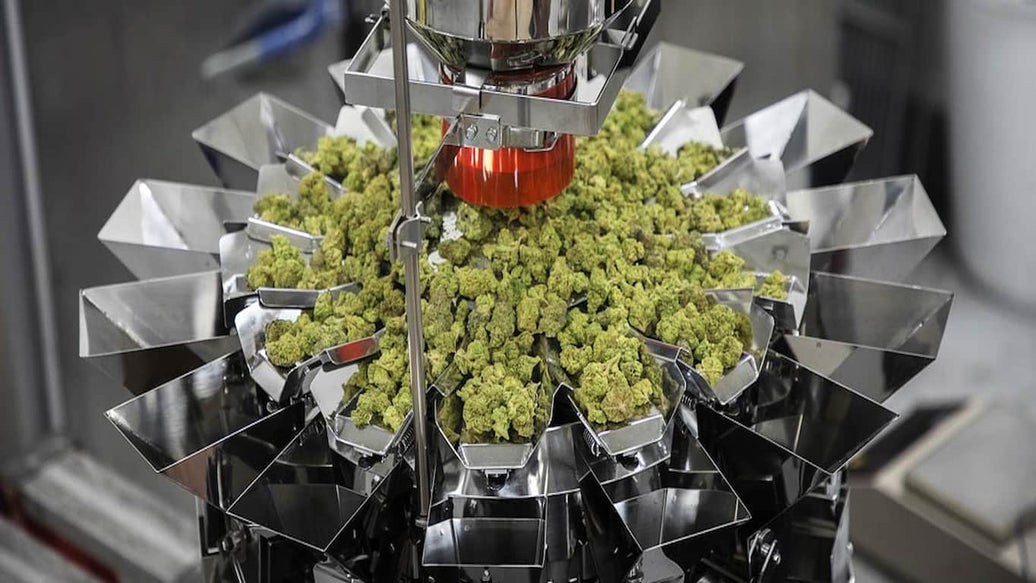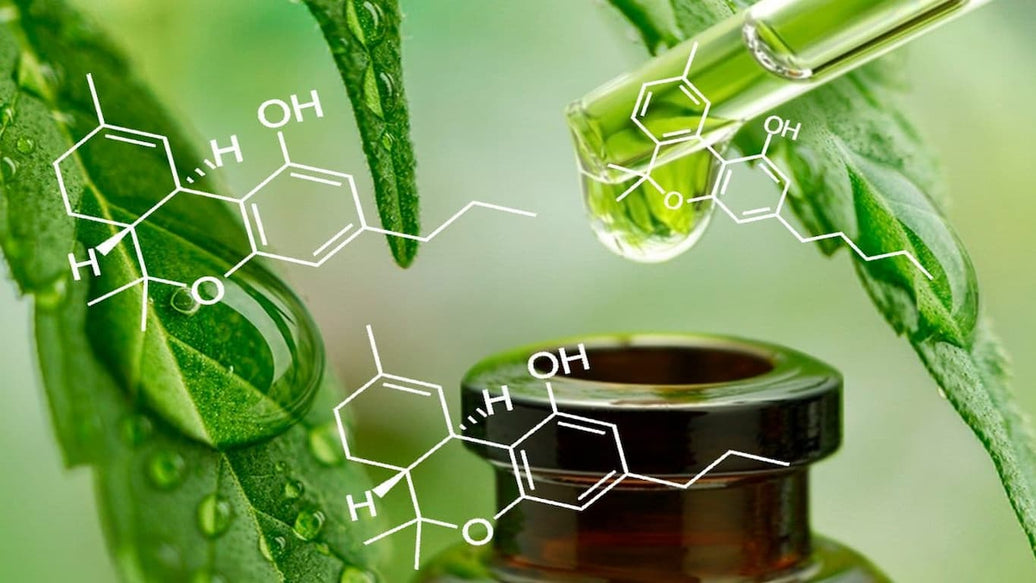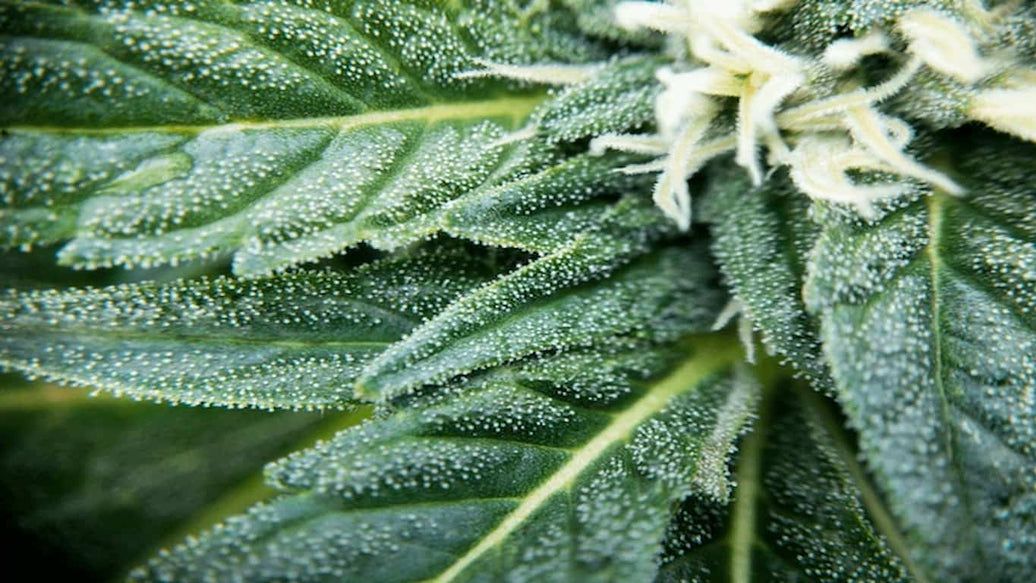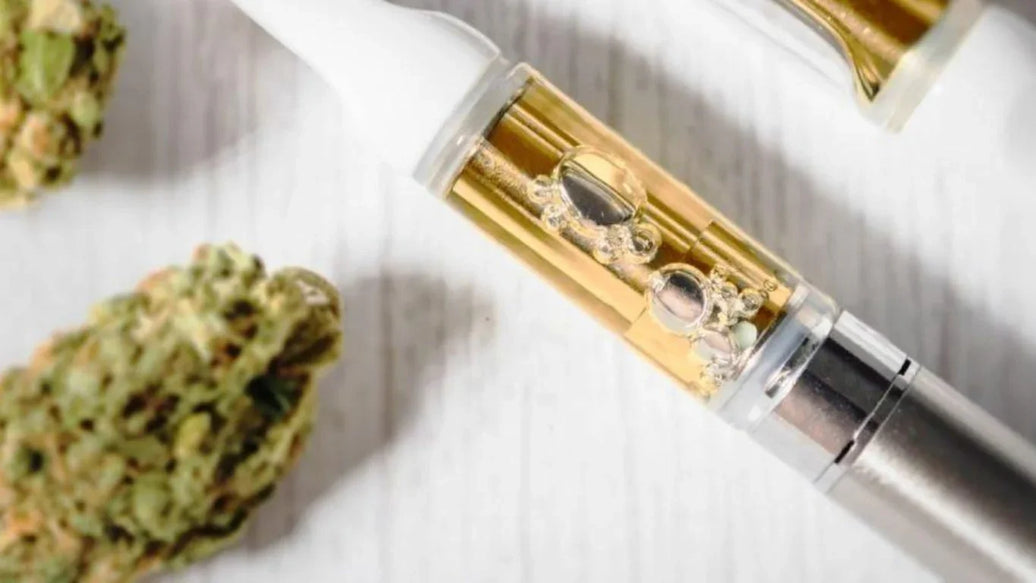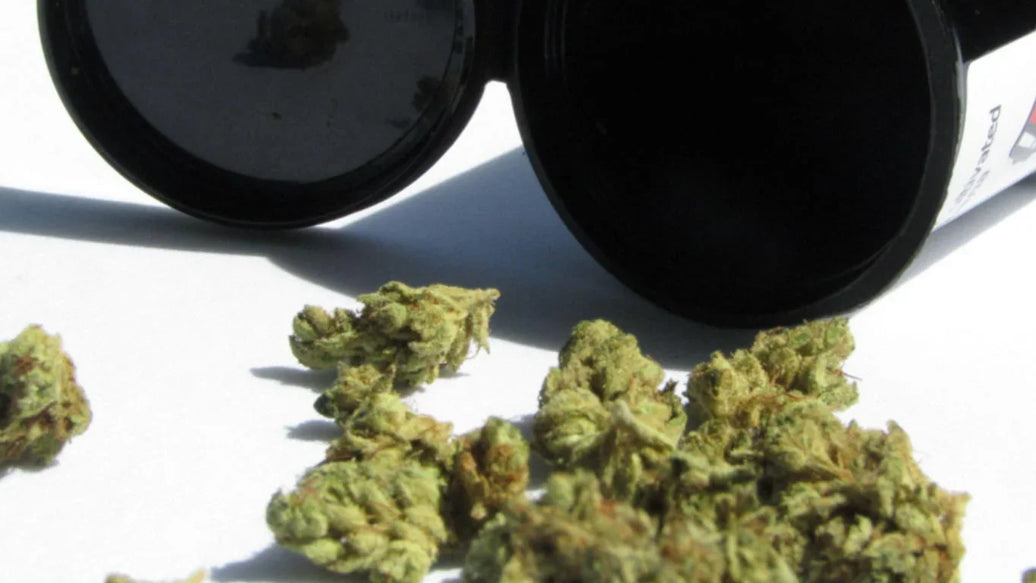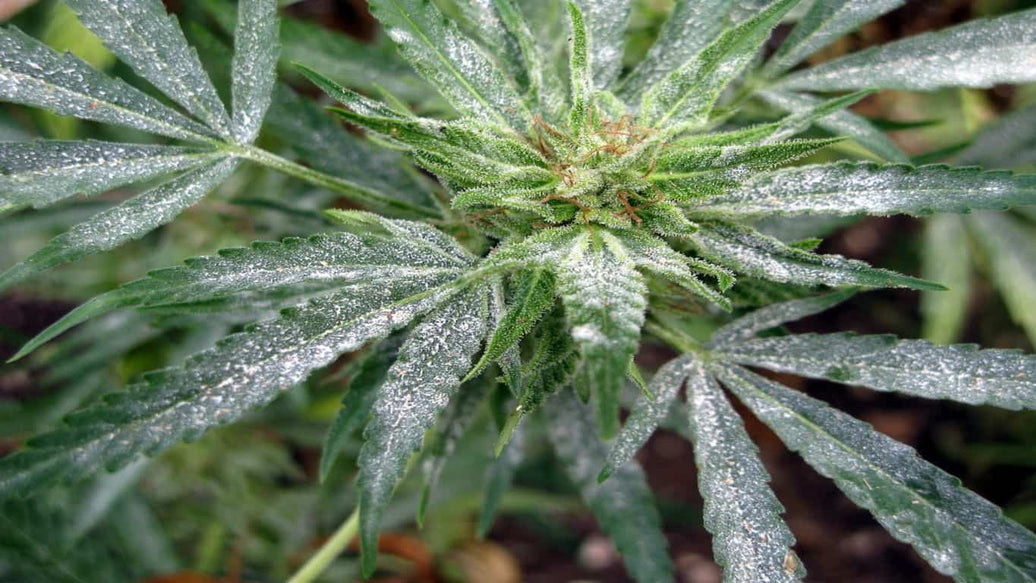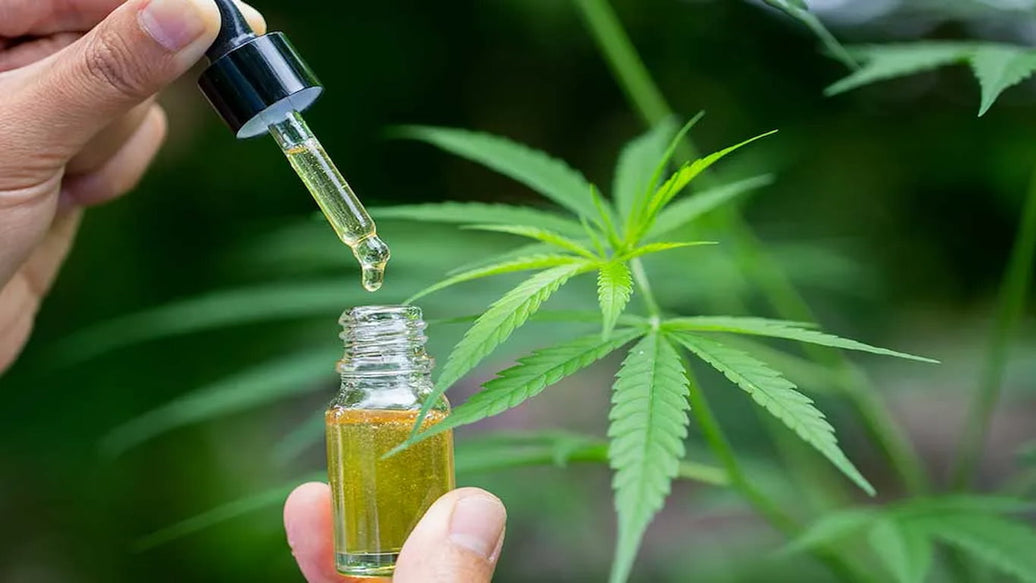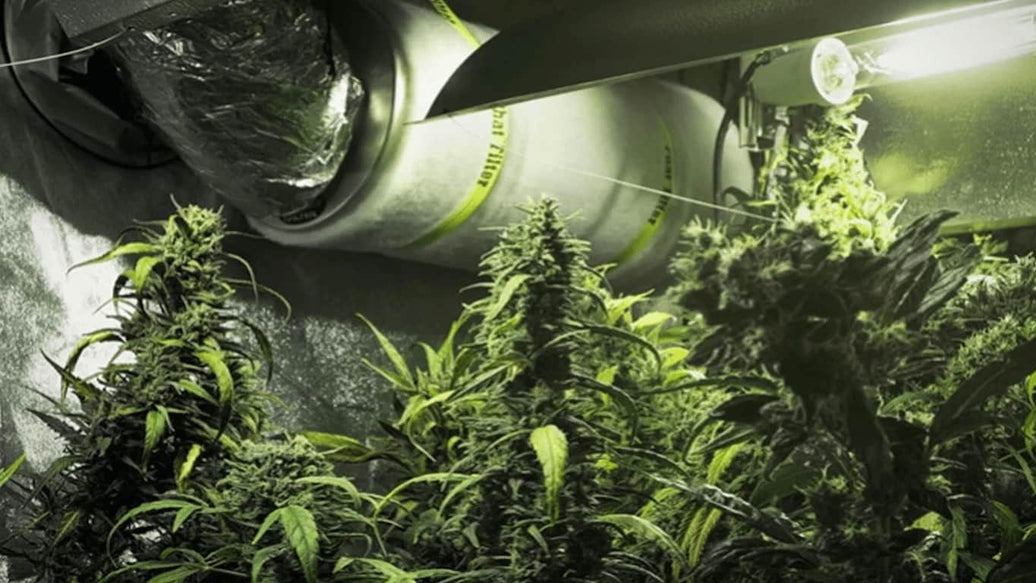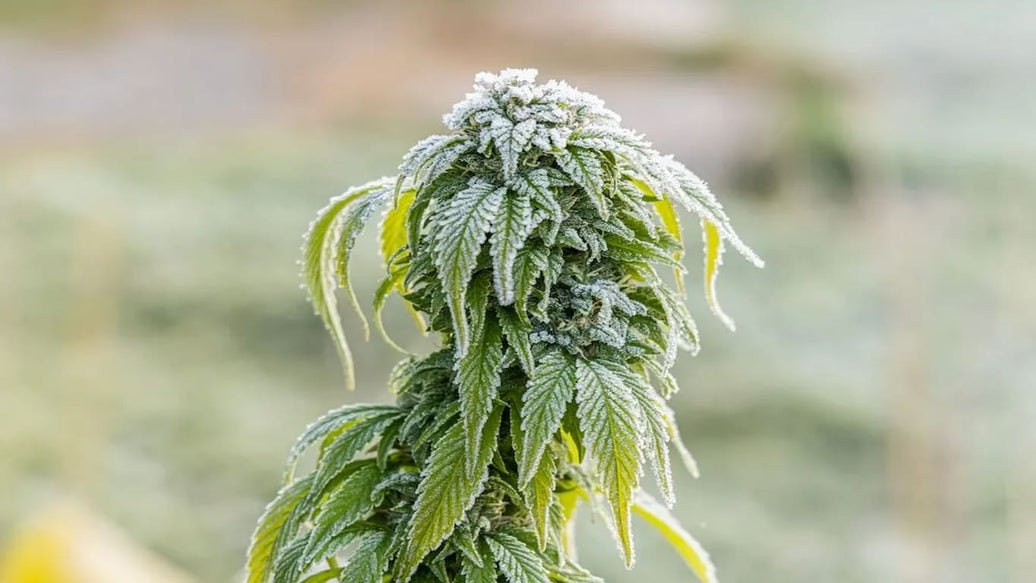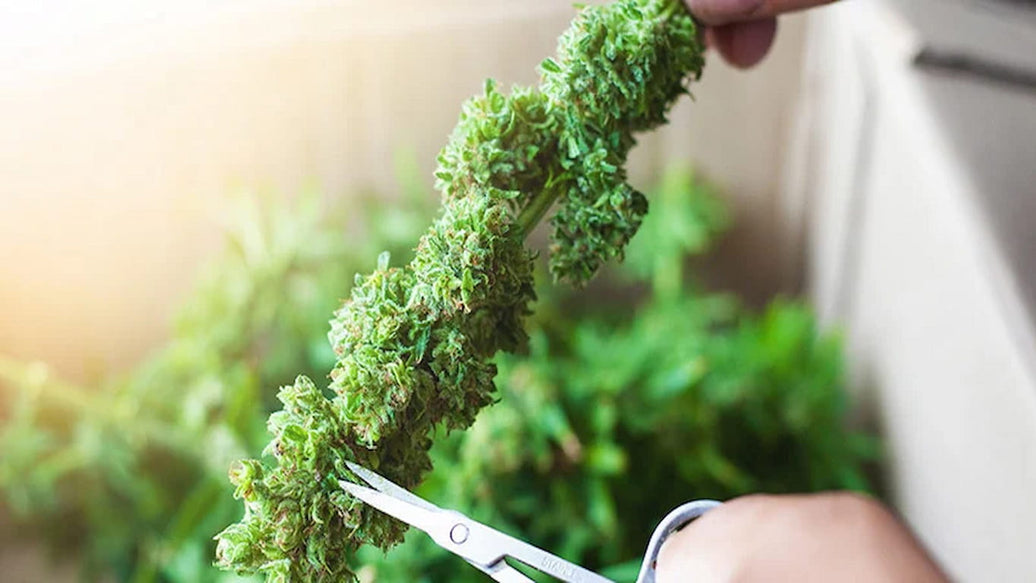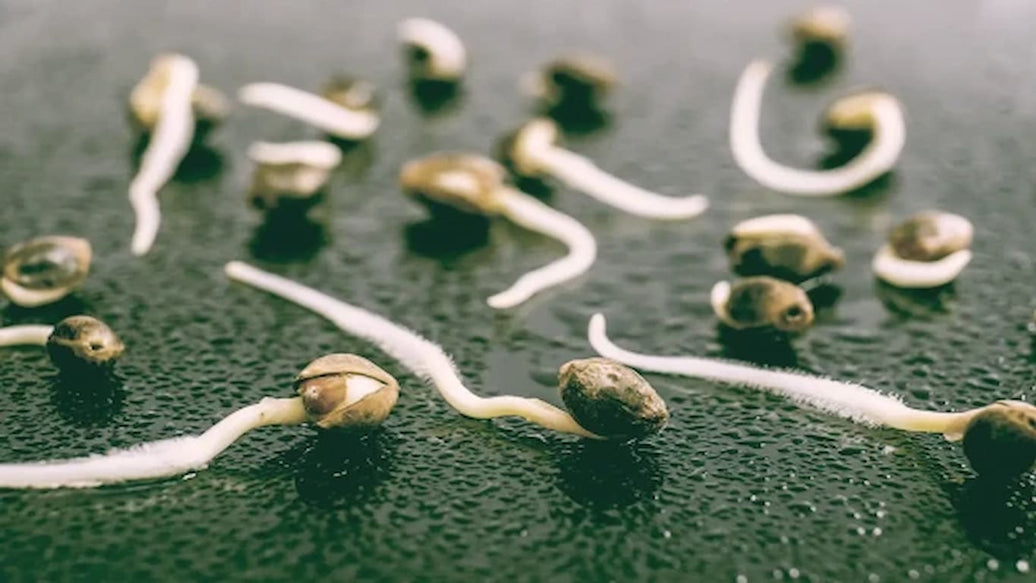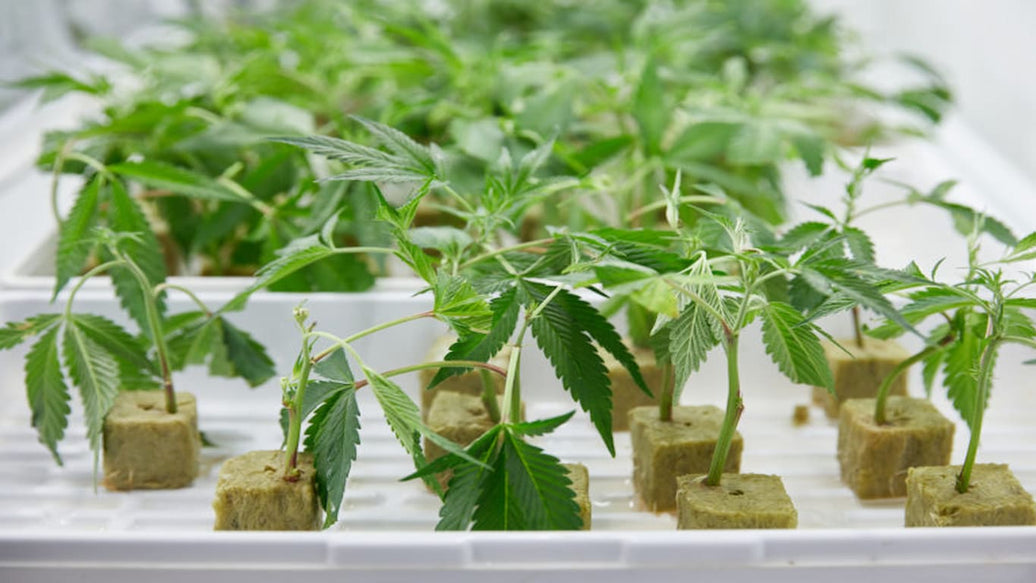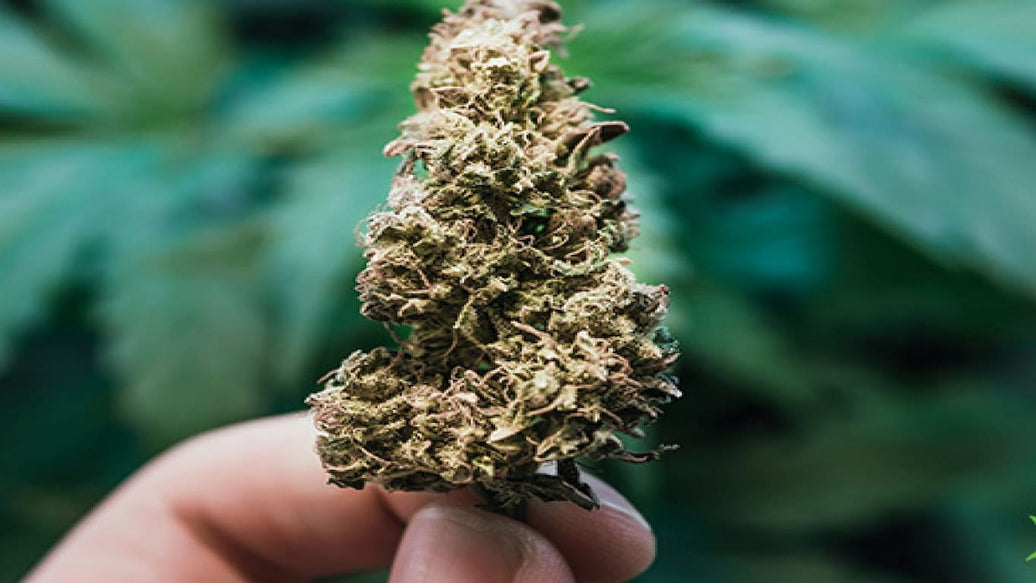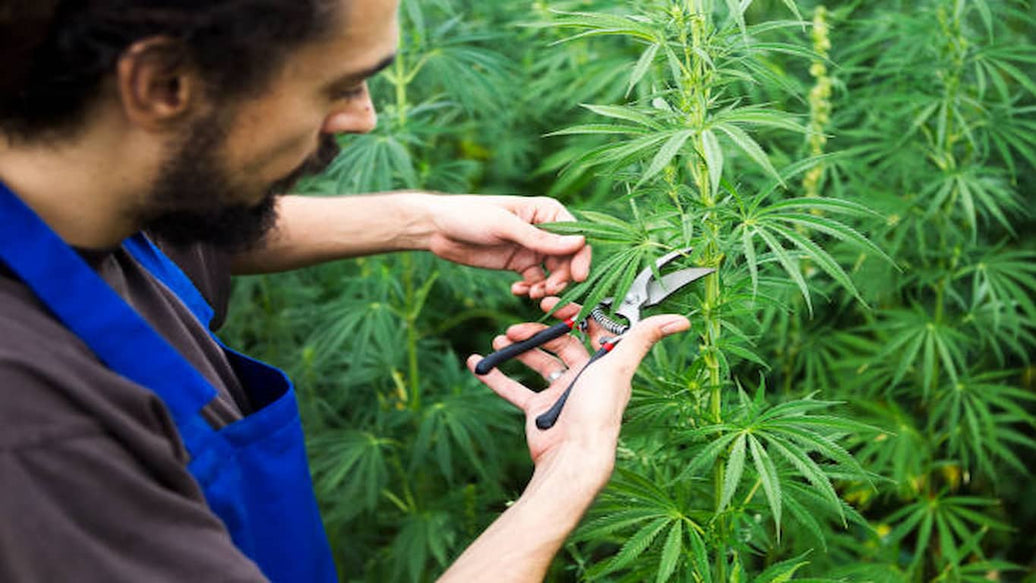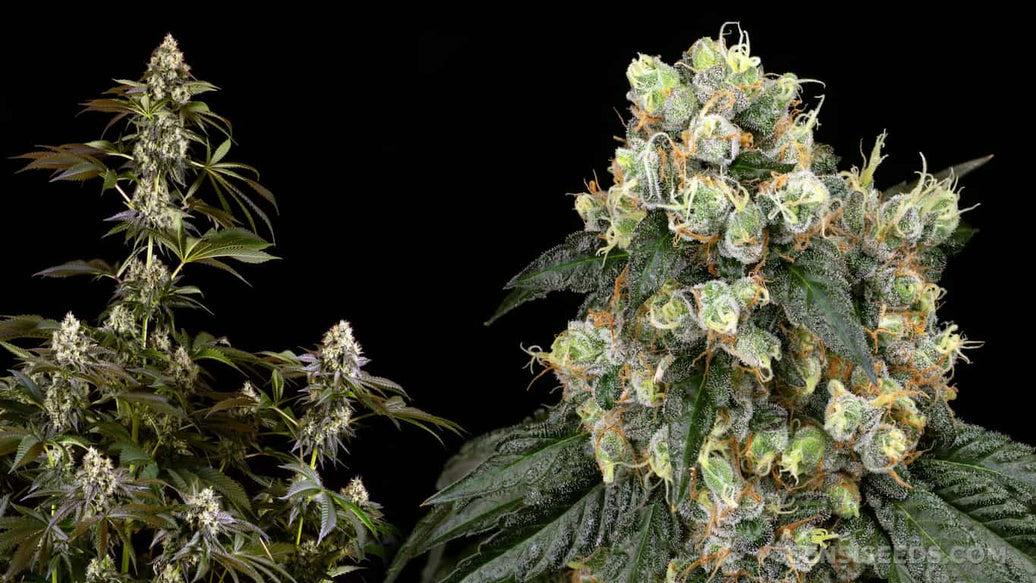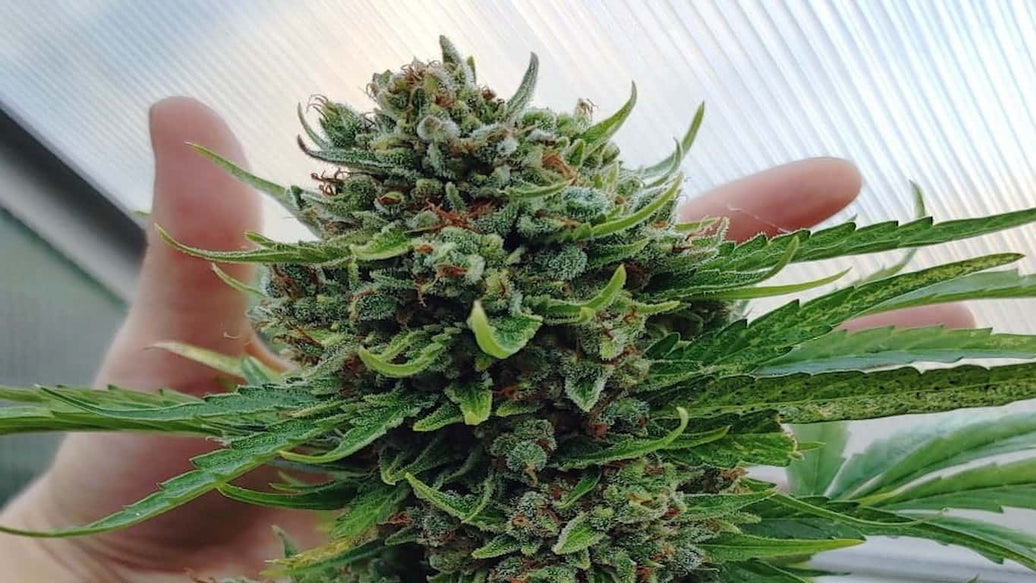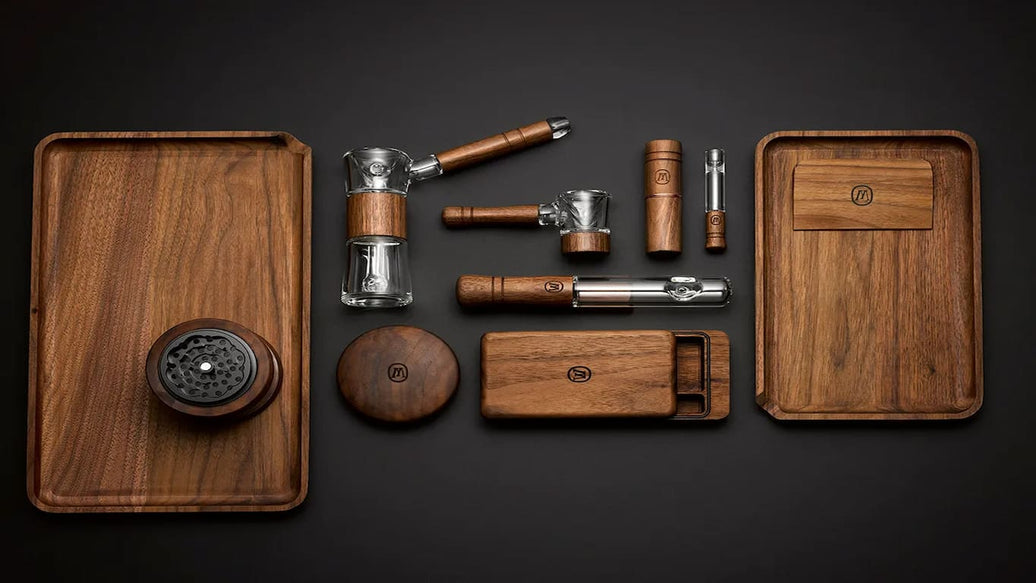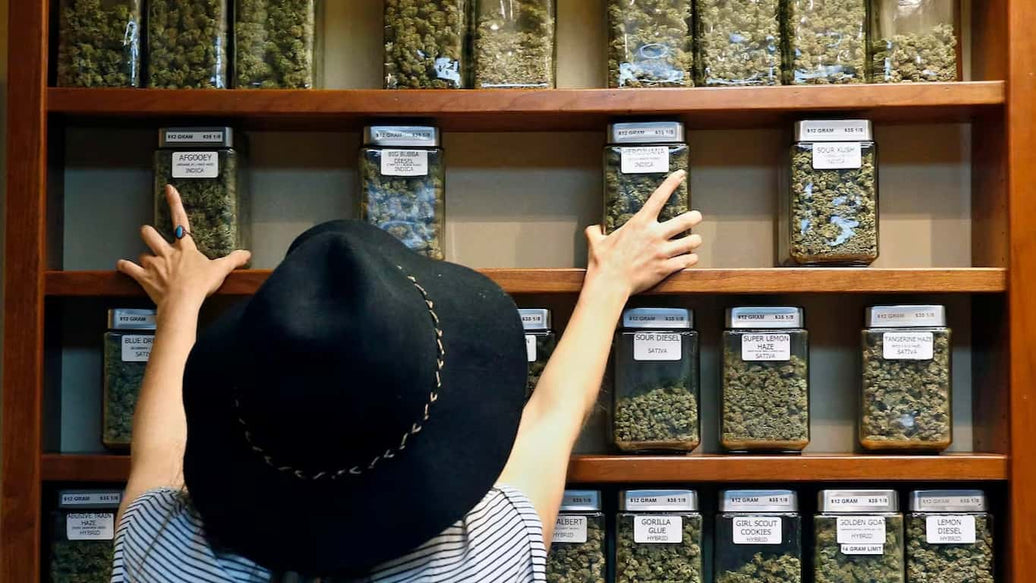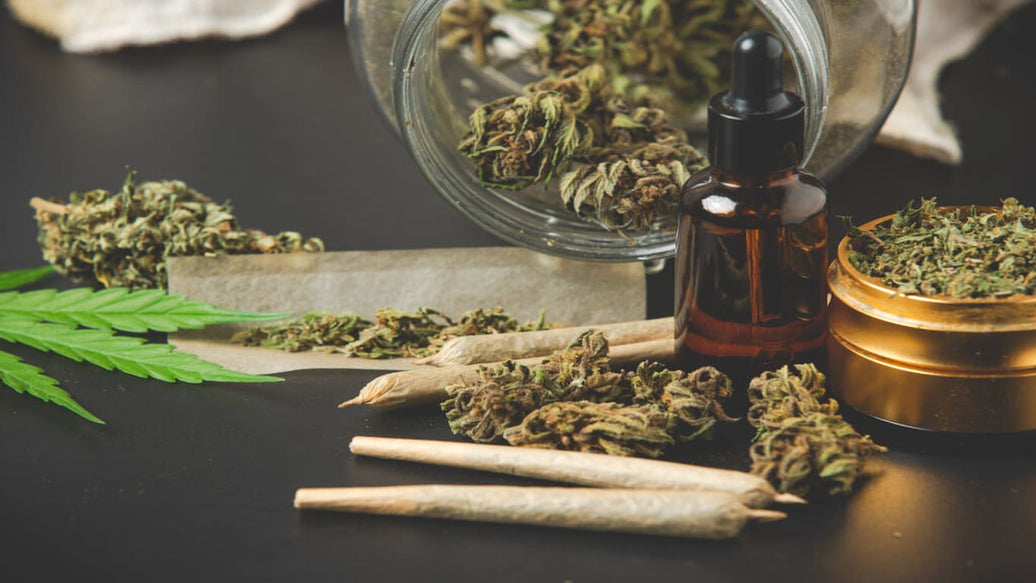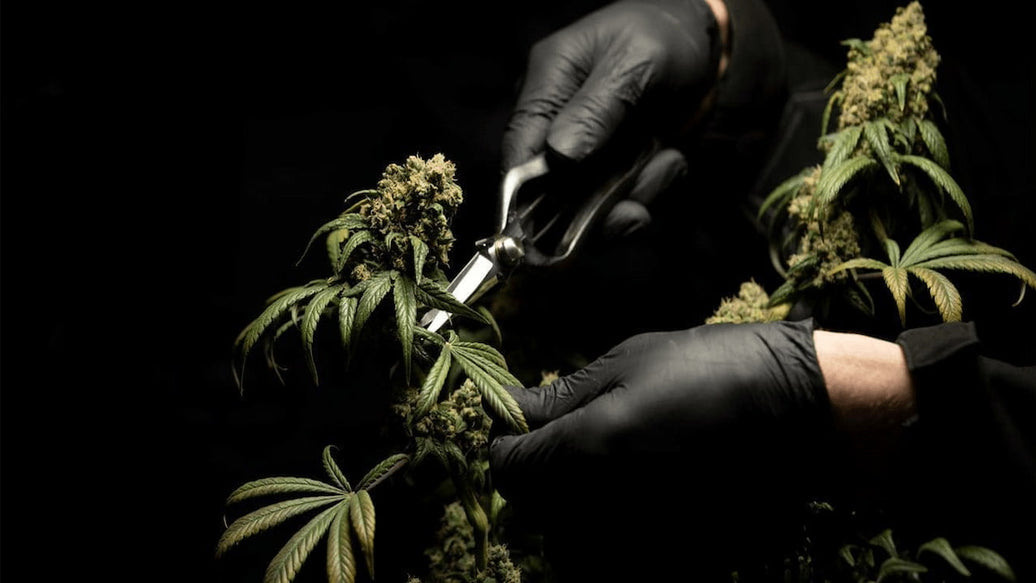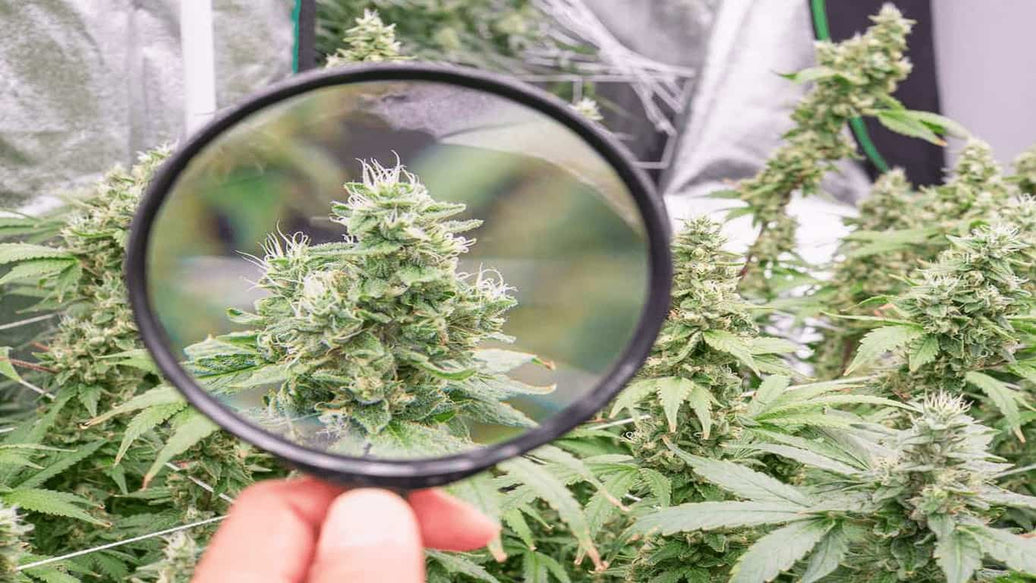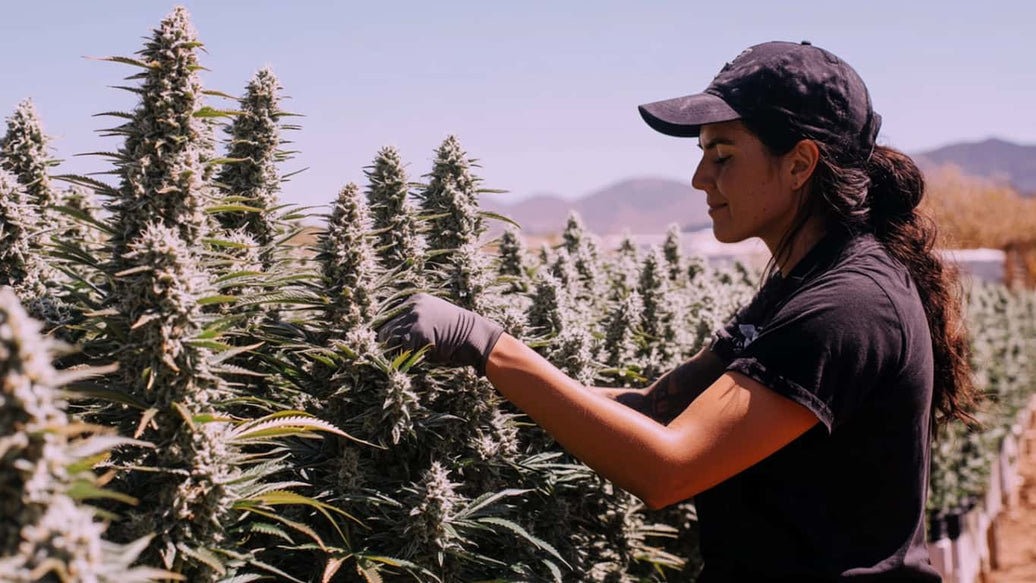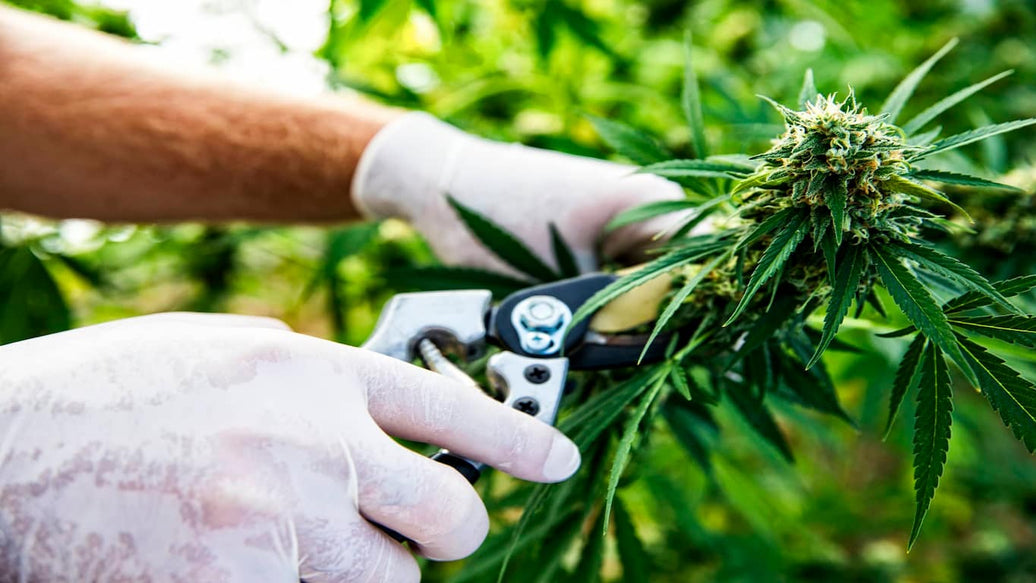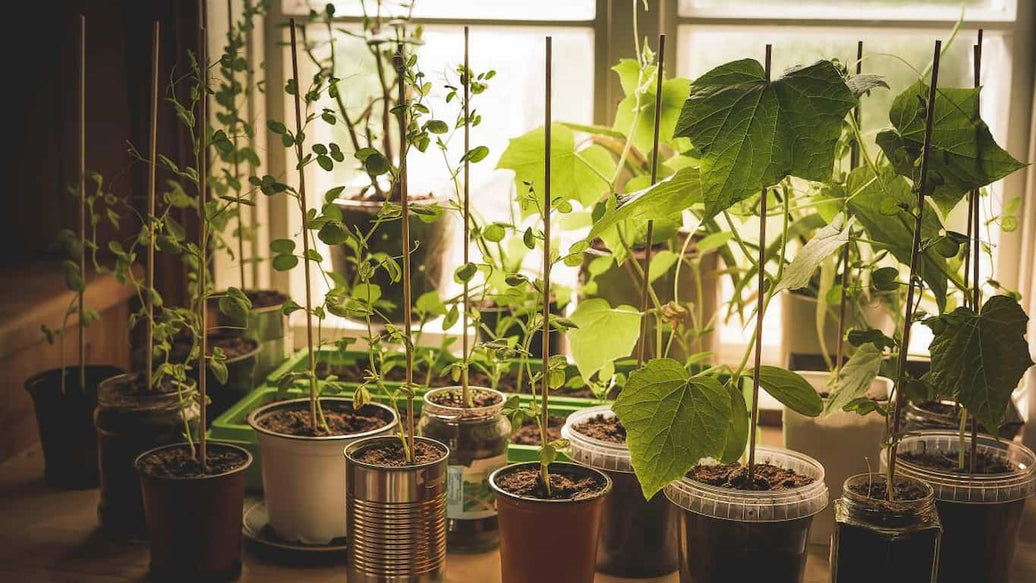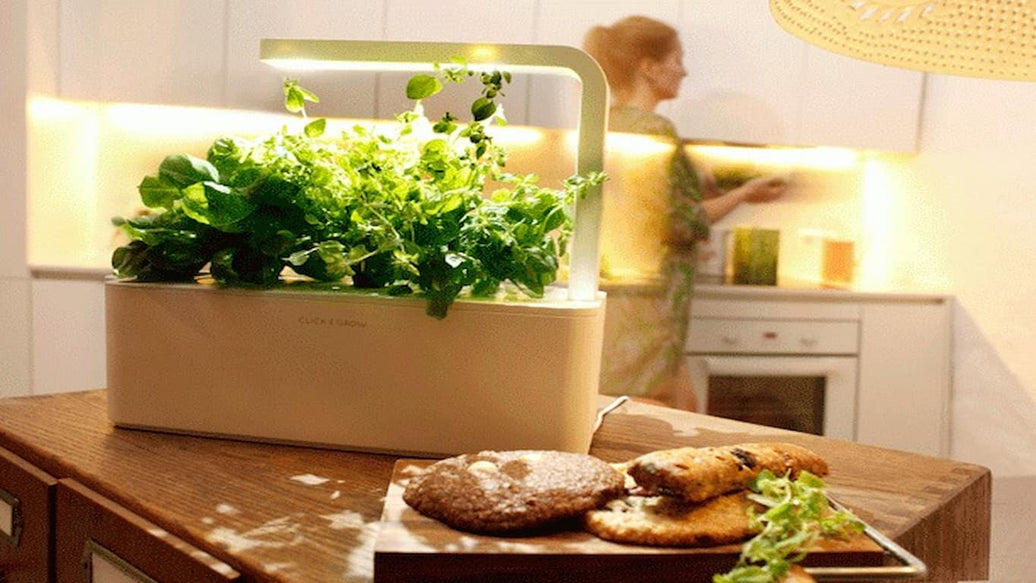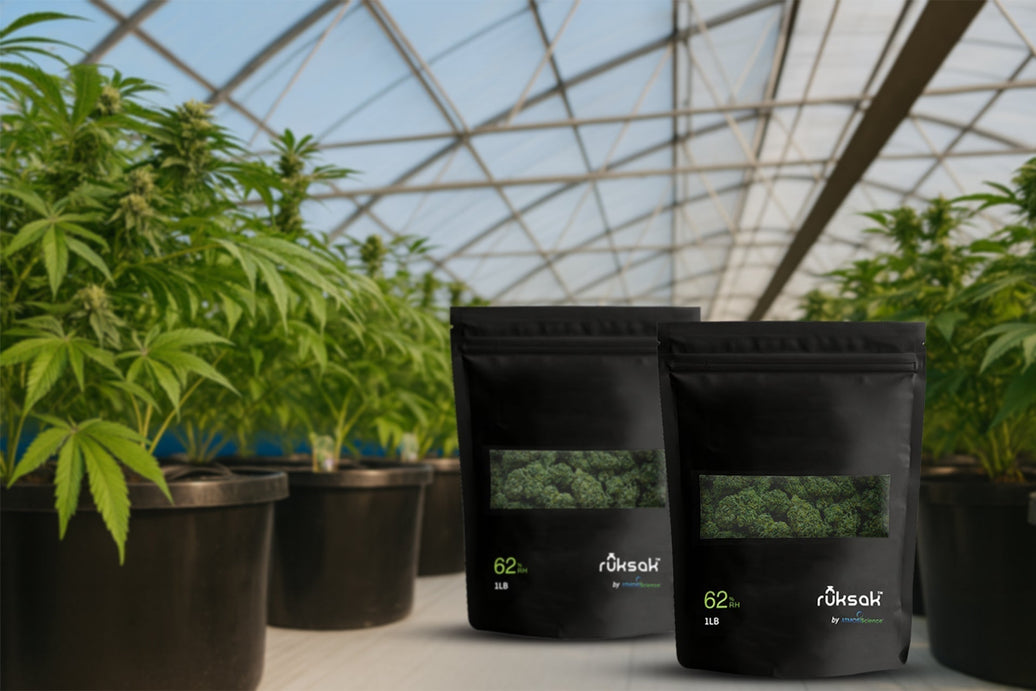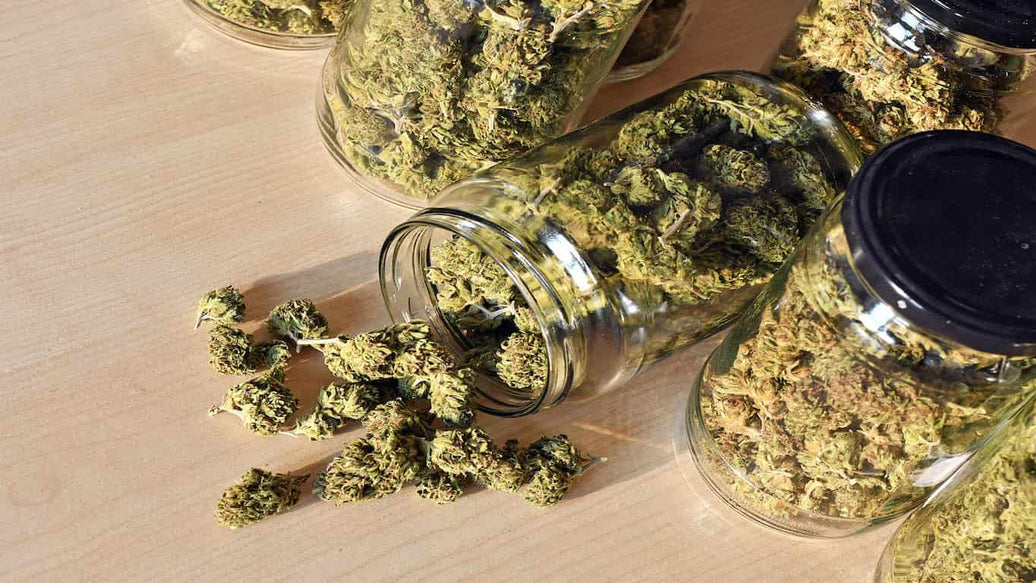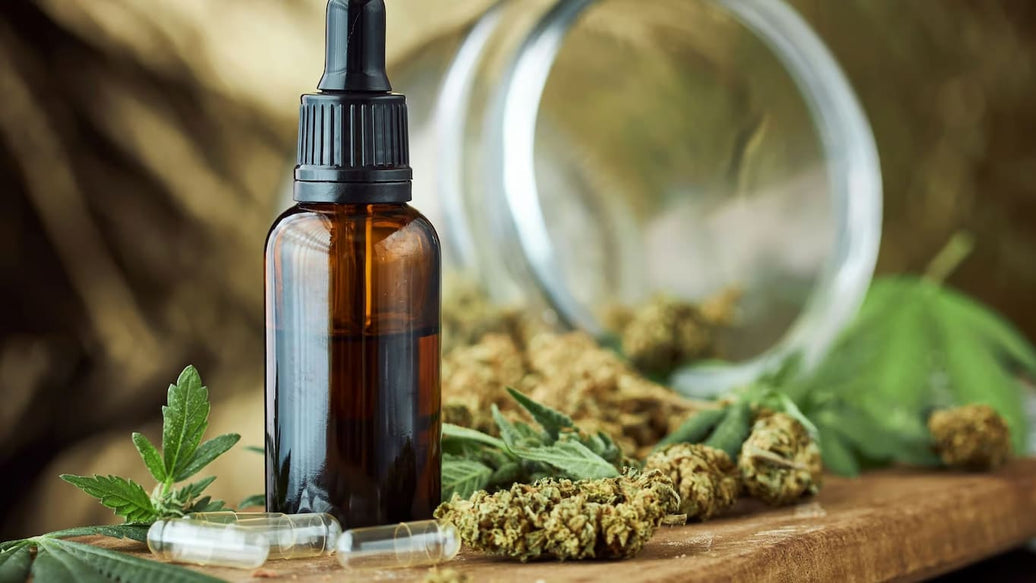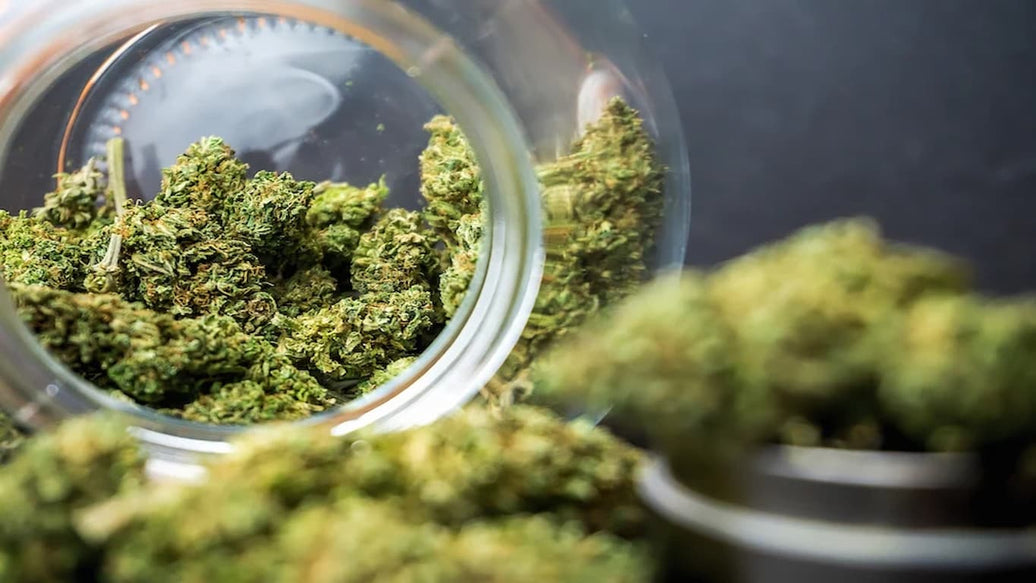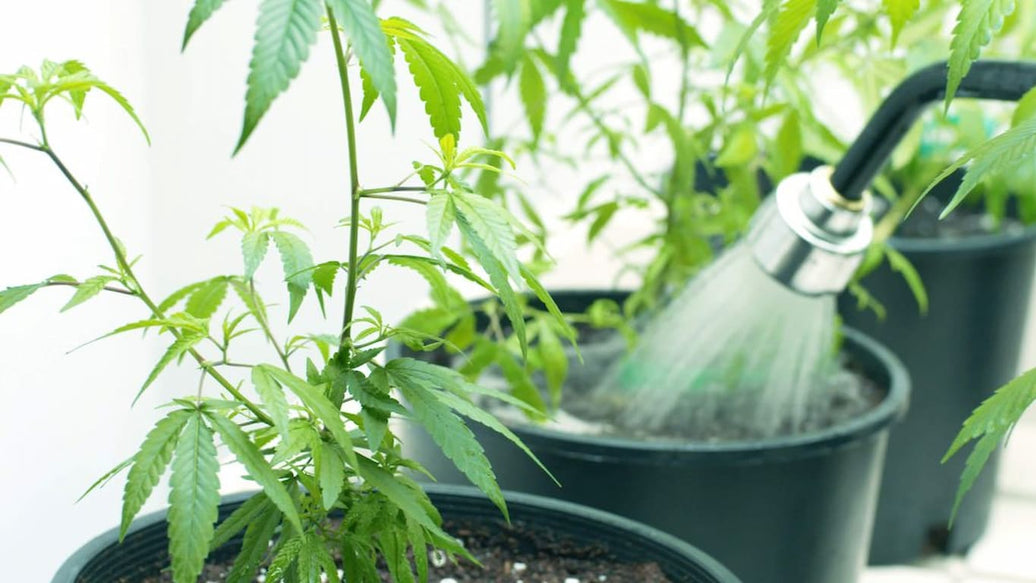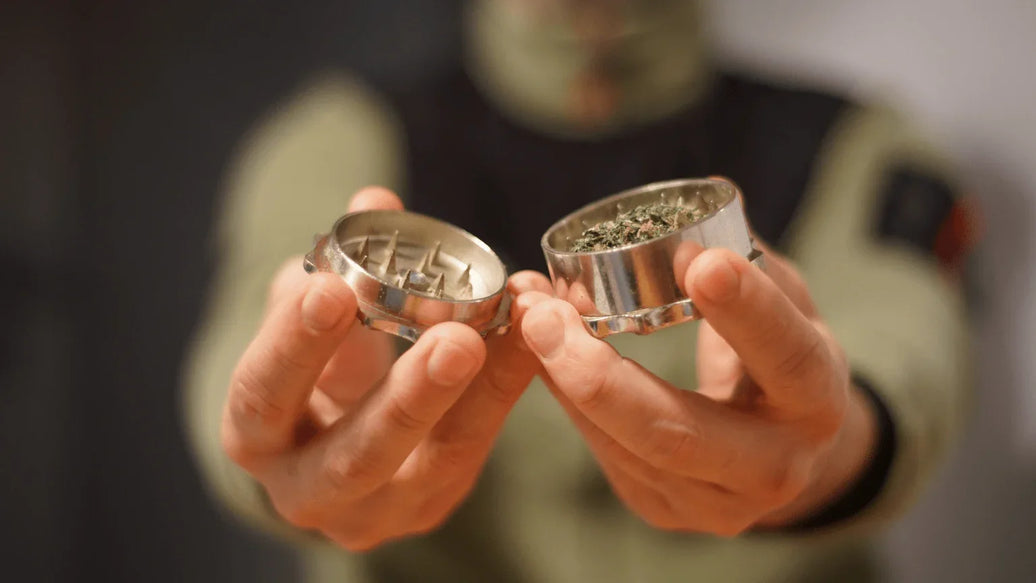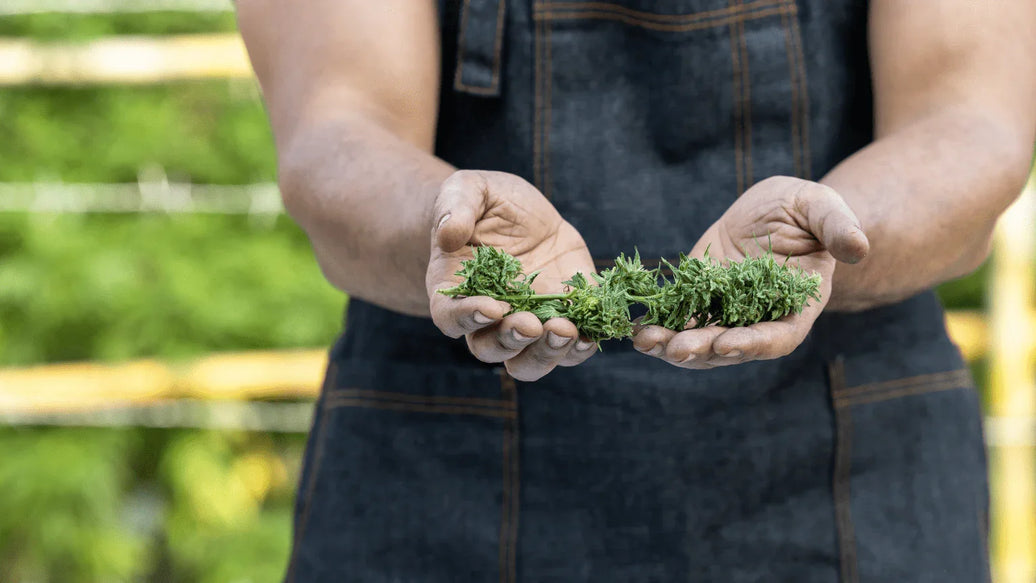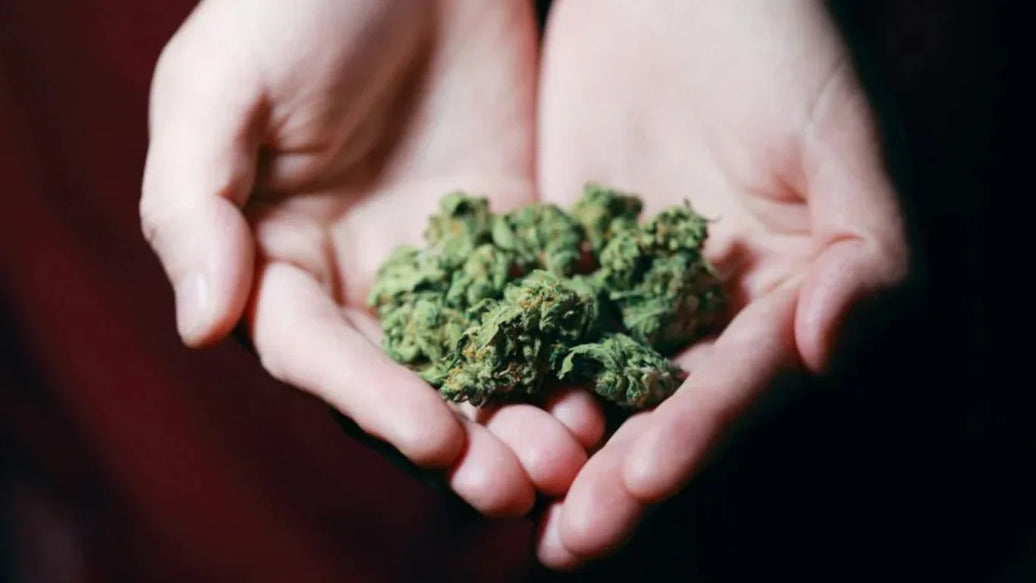Autoflowering cannabis seeds represent a revolutionary advancement in cannabis cultivation, enabling growers to harvest in just 8-12 weeks regardless of light cycles. Whether you're a beginner exploring your first cultivation or an experienced commercial operator seeking efficiency, autoflowering cannabis seeds offer unparalleled accessibility and speed. Perfect for both recreational and medicinal applications, this comprehensive guide explores the science, cultivation techniques, and practical advantages of growing autoflower cannabis seeds.

Understanding autoflowering cannabis seeds
Autoflowering cannabis seeds are cannabis plants that flower based on age rather than photoperiod - the light and dark cycle that typically triggers flowering in traditional cannabis varieties. Unlike photoperiod-sensitive strains requiring 12 hours of continuous darkness to initiate flowering, cannabis autoflower seeds transition to the flowering stage automatically 3-4 weeks after germination.
This unique trait originates from Cannabis ruderalis, a hardy subspecies native to harsh northern climates where short summers made day-length dependent flowering impractical. Modern breeding has successfully transferred this autoflower trait into high-potency cannabis strains, creating plants that combine rapid growth with potent cannabinoid profiles. The result is a cultivation method that eliminates the complexity of light manipulation while maintaining premium quality.
Cultivation advantages and characteristics of autoflowering cannabis seeds
Rapid life cycle benefits
The most compelling advantage of autoflowering cannabis seeds is their compressed life cycle. From germination to harvest typically requires just 8-12 weeks, with some elite strains completing in 45 days. This rapid growth contrasts sharply with photoperiod strains requiring 14-18 weeks minimum.
The growth timeline divides into two phases. The vegetative stage lasts 2-4 weeks—a critical window for establishing strong root systems and plant structure. The flowering stage follows, lasting 4-8 weeks depending on autoflower strain genetics. This condensed schedule means growers must optimize environmental factors early as there is little time to recover from mistakes.
Read more: Final 4 Weeks Before Cannabis Harvest: Key Preparation Guide
Multiple seasonal harvests represent another transformative advantage. Outdoor growers can cultivate 2-3 complete cannabis autoflower crops annually in most climates. This stacked productivity dramatically increases annual yields without proportional increases in resources, labor, or growing space. For commercial operations, perpetual harvest models create continuous revenue streams.
Compact plant architecture
Autoflowering cannabis plants typically reach heights of 30-150 centimeters, shorter than photoperiod varieties. This compact stature results from ruderalis genetics and shortened vegetative periods, producing bushy, dense plants with short internodes.
This architecture enables efficient space use via Sea of Green (SOG) techniques, allowing many plants in limited space. Indoor growers maximize yield per square meter with autoflower cultivation not possible with tall photoperiod strains. Outdoor growers benefit from discreet growth suitable for small-scale operations.
Environmental resilience

Autoflowering cannabis seeds demonstrate exceptional environmental resilience. They thrive in diverse climates—from temperate regions to high-altitude areas unsuitable for traditional cannabis. Cold tolerance, pest resistance, and disease resilience are enhanced through ruderalis genetics.
This adaptability opens cultivation in regions previously unsuitable. Northern latitudes with short seasons and mountainous zones with temperature swings now reliably produce autoflower cannabis. This makes autoflower seeds ideal for growers in challenging environments.
Light cycles, nutrition, and environmental parameters
Optimal light schedules

Unlike photoperiod strains, autoflowering cannabis does not require darkness to flower. Continuous or near-continuous light accelerates growth. Recommended light schedules range from 18-24 hours daily; 20/4 (20 hours light/4 hours dark) balances growth rate and energy use.
Some growers try 16/8 or 24/0 cycles. Continuous light maximizes photosynthesis but increases power costs and heat. Research suggests 20-hour days optimize growth and efficiency for most autoflower strains.
Light intensity is critical. Optimal photosynthetically active radiation (PAR) ranges from 550 µmols/m²/s, equivalent to about 230 watts per m² with LEDs. Too little light reduces yield and cannabinoids; too much causes heat stress.
Nutrient requirements and feeding
Because of their short life cycle, autoflower plants need 50-75% fewer nutrients than photoperiod strains. This reduces cultivation cost and risk of nutrient burn.
During vegetative growth, higher nitrogen (e.g., NPK 16-16-16) supports leaf and stem growth. During flowering, reduce nitrogen and increase phosphorus and potassium (e.g., 2-8-8 NPK) for bud development.
Secondary nutrients—calcium, magnesium, sulfur—are important, along with trace micronutrients like iron, zinc, copper, manganese, molybdenum, and boron. Chelated micronutrients ensure availability.
Environmental parameters
Temperature management for autoflower cannabis should follow: seedlings 21-26°C with 70-75% humidity; vegetative 20-25°C, 50-60% humidity; flowering 22-26°C, 40-50% humidity.
Vapor Pressure Deficit (VPD) is critical for transpiration and nutrient uptake. Seedlings prefer lower VPD (0.4-0.8 kPa), vegetative and flowering stages require 0.8-1.3 kPa.
For best preservation of your autoflower cannabis seeds and harvests, use ATMOSIScience's patented ruksak 2-way humidity control bags, ensuring freshness and mold prevention during storage.

Cannabinoid production and yield potential
Modern autoflower potency
Earlier autoflowers had low THC (8-12%), but today’s autoflowering cannabis seeds rival premium photoperiod strains, achieving 15-29% THC. Breeding has also produced high-CBD autoflower seeds for medical use.
Cannabinoid production is controlled by multiple genes, with about 80% variability explained by four additive genes, enabling breeders to create stable, potent autoflower strains.
Yield metrics
Average yields: 20-60g per plant; 10-60g indoor, 50-100g outdoor under optimized conditions. Commercial cultivation reaches 300-650 g/m². Multiple harvests compensate for smaller plants.
Large pots (10-15 liters) maximize root development and yields. Avoid transplanting to prevent root shock, which adversely affects quick-growing autoflowers.
Proper curing enhances potency. ATMOSIScience’s Humidi-Cure® curing and storage solutions provide optimal humidity control during bud curing and long-term storage.

Breeding, genetics, and seed production
Modern breeding
Marker-assisted selection accelerates development of stable autoflower seeds by identifying gene carriers early. Most commercial varieties are F1 hybrids, which exhibit hybrid vigor with faster growth and disease resistance.
Backcrossing transfers autoflower traits into elite photoperiod strains, blending potency with autoflower reliability.
Feminization
Nearly all commercial autoflower cannabis seeds are feminized, using male flower induction via colloidal silver or silver thiosulfate. Feminized seeds eliminate the need to identify and remove males.
Seed storage
Proper storage preserves seed viability for 5-10 years. Store seeds in cool (4-8°C), low humidity (20-30%), dark, airtight containers like ATMOSIScience’s ruksak bags.
Learn best storage practices in our blog: How To Store Your Weed (Best & Worst Methods and protect your valuable autoflower seeds and harvests.

Conclusion
Autoflowering cannabis seeds have revolutionized cultivation accessibility, combining speed, ease, and potency. Scientific knowledge continues to grow, enabling breeders to develop elite, stable varieties suitable for recreational, medicinal, and commercial growers worldwide.
With proper cultivation, storage - including using ATMOSIScience’s products - and breeding, autoflower cannabis seeds offer a reliable and efficient path to premium cannabis production.

